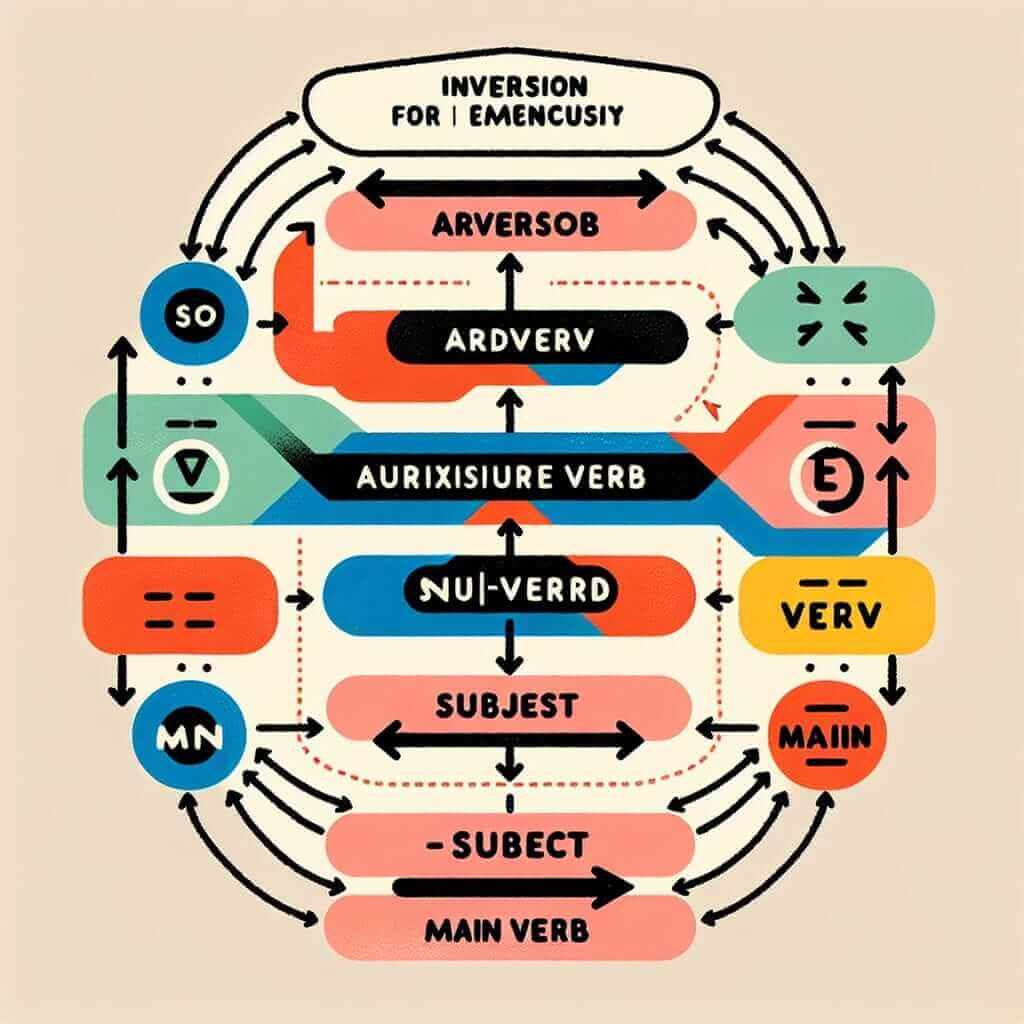The structure “so extraordinary was the performance that…” might seem unusual at first glance, but it can add a touch of sophistication and emphasis to your IELTS writing. This structure, known as inversion for emphasis, is not as common as other grammatical structures, but mastering it can demonstrate your command of advanced grammar and help you achieve a higher band score.
Here are some examples of how this structure can be used in different sections of the IELTS exam:
Speaking (Part 3):
- “So captivating was the speaker’s presentation that I completely lost track of time.” (Here, the speaker uses inversion to emphasize how engaging the presentation was.)
Writing (Task 2):
- “So pervasive is the influence of social media that it shapes our opinions, behaviors, and even our identities.” (This sentence uses inversion to highlight the widespread impact of social media.)
Writing (Task 1):
- “The decline in sales was dramatic in 2010. So significant was the drop that the company was forced to restructure.” (In this case, the structure is used to emphasize the severity of the sales decline.)
Understanding Inversion for Emphasis
Inversion for emphasis is a grammatical structure where the normal word order of a sentence is reversed. Instead of the typical subject-verb-object order, we use an adverbial phrase followed by an auxiliary verb (was/were), then the subject, and finally the main verb or the rest of the sentence.
This structure is particularly useful for:
- Adding emphasis: It draws attention to the element placed at the beginning of the sentence.
- Creating a formal tone: It adds a touch of formality and sophistication to your writing.
- Demonstrating grammatical range: Using inversion effectively shows examiners that you are comfortable with complex grammatical structures.

The Formula and Its Application
Here is the basic formula for this structure:
So + Adverb + Auxiliary Verb (was/were) + Subject + Main Verb/Rest of the sentence
Let’s break it down:
- So: This word introduces the inverted structure and signals the emphasis.
- Adverb: Use an adverb that intensifies the adjective describing the subject (e.g., extremely, incredibly, remarkably).
- Auxiliary Verb: Use “was” for singular subjects and “were” for plural subjects.
- Subject: The subject of the sentence comes after the auxiliary verb.
- Main Verb/Rest of the Sentence: Complete the sentence logically, often introducing a result clause with “that.”
Putting it into Practice
Here are more specific examples of how to use this structure effectively in your IELTS writing:
Writing Task 2:
- Topic: The importance of preserving cultural heritage.
- Sentence: “So vital is the preservation of our cultural heritage that it shapes our understanding of the past and guides us towards a more informed future.”
Writing Task 1:
- Topic: Describing a graph showing a sharp increase in online shopping.
- Sentence: “So dramatic was the rise in online shopping that traditional retail stores experienced a significant decline in revenue.”
Speaking Part 3:
- Topic: Discussing the impact of technology on education.
- Sentence: “So transformative has been the impact of technology on education that classrooms are no longer confined to physical spaces.”
Achieving a Higher Band Score
Here’s how using inversion for emphasis can help you achieve a higher band score:
- Grammatical Range and Accuracy: It demonstrates your ability to use a wider range of grammatical structures accurately.
- Lexical Resource: It allows you to use a variety of adverbs to express different levels of intensity.
- Coherence and Cohesion: It helps you create more complex and nuanced sentences, improving the flow and clarity of your writing.
Common Errors to Avoid
When using this structure, be careful to avoid these common mistakes:
- Incorrect subject-verb agreement: Ensure the auxiliary verb (was/were) agrees with the subject that follows it.
- Overuse: While effective, don’t overuse this structure. Use it sparingly to emphasize key points.
- Informal context: This structure is more appropriate for formal writing and speaking tasks.
Conclusion
Mastering the “so adverb + was/were + subject” structure can significantly enhance your IELTS writing by adding emphasis, sophistication, and demonstrating your grasp of advanced grammar. Remember to use it judiciously, paying close attention to subject-verb agreement and avoiding overuse. By incorporating this structure effectively, you can elevate your writing and aim for a higher band score. For further practice, try identifying examples of this structure in academic texts and practice incorporating it into your own writing.